Manic4organic
Well-Known Member
Okay thanks for this info, i understand about all the extra beneficials in the organic cider vinegar just depends if i can get my hands on any haha
Happy growing
Sent from my E5823 using 420 Magazine Mobile App
Happy growing
Sent from my E5823 using 420 Magazine Mobile App






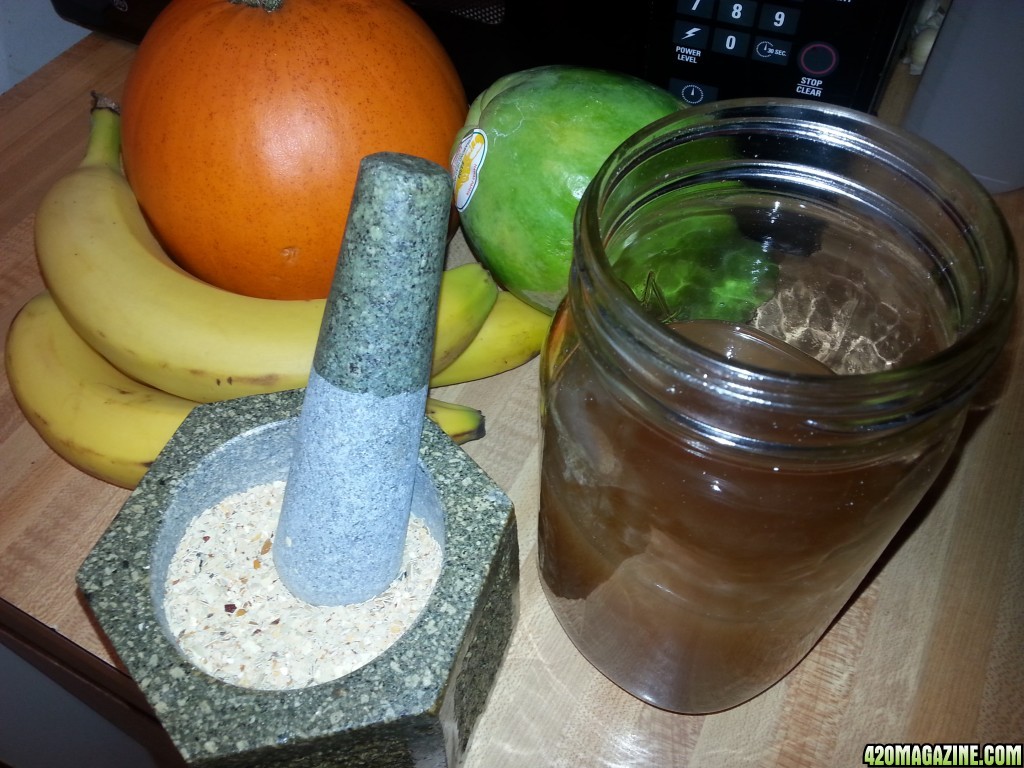

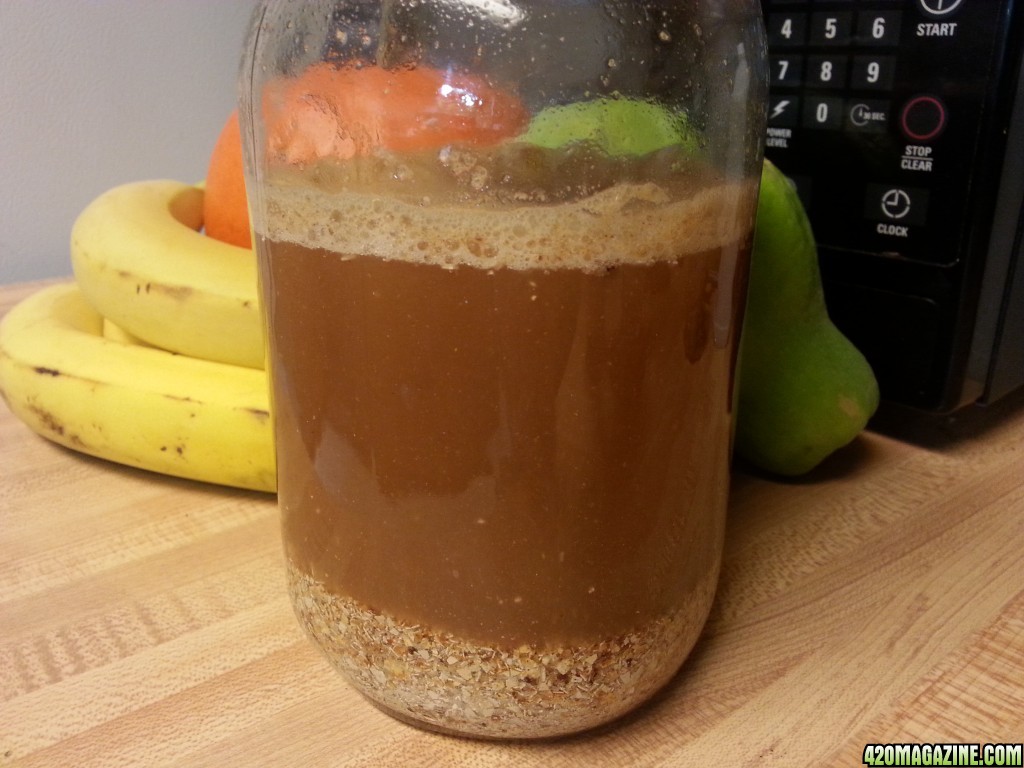

 Good topic here.
Good topic here.

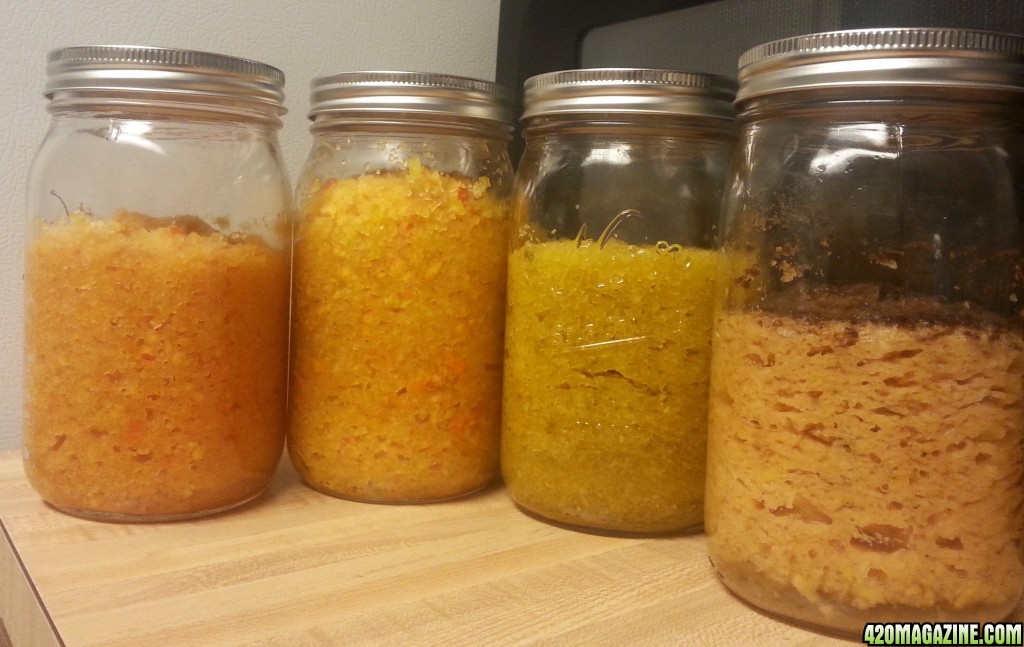

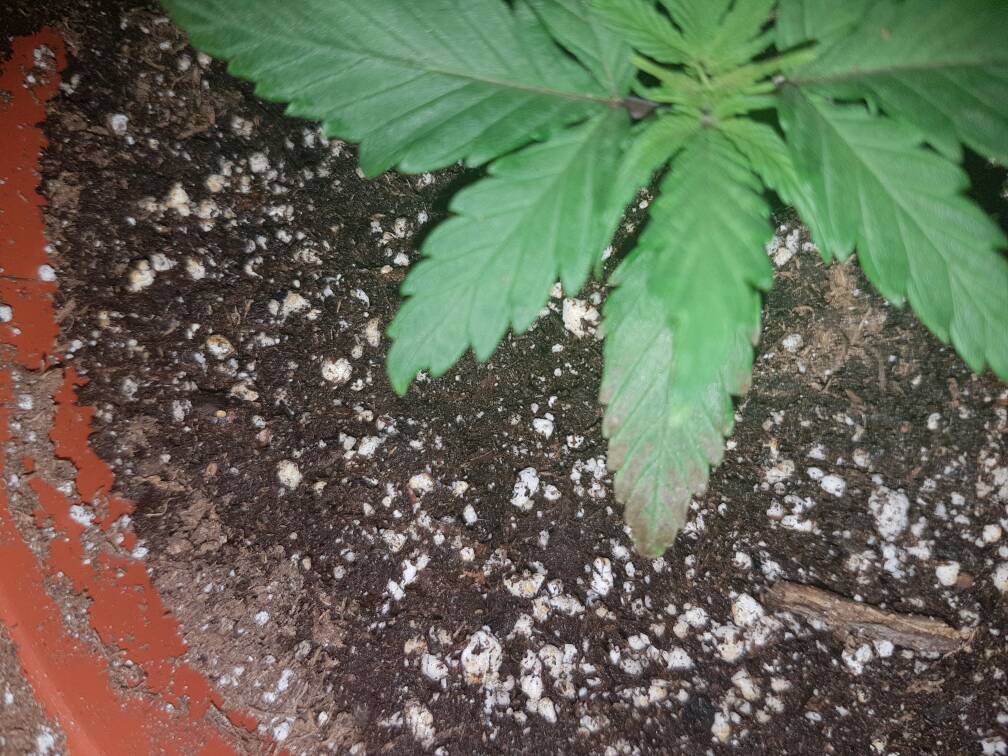

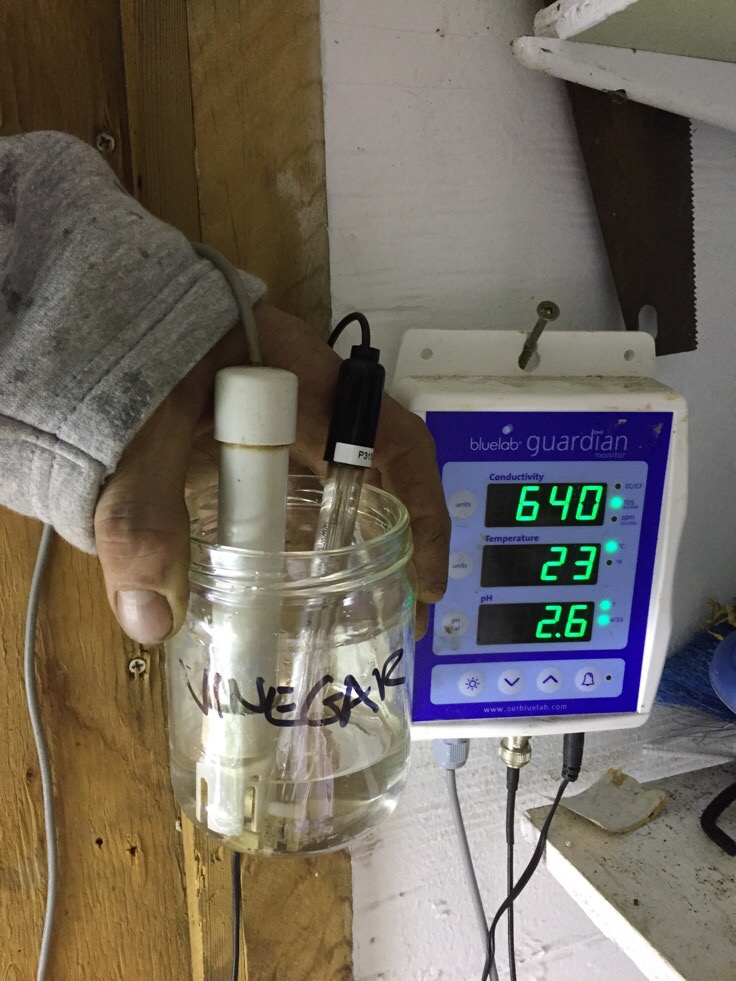
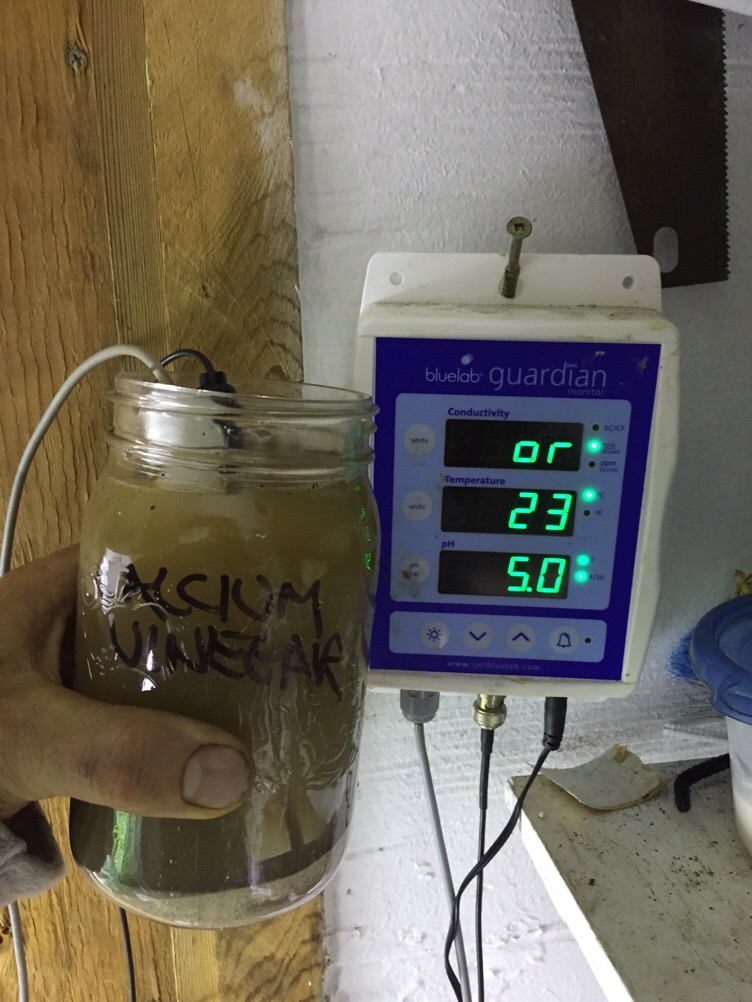
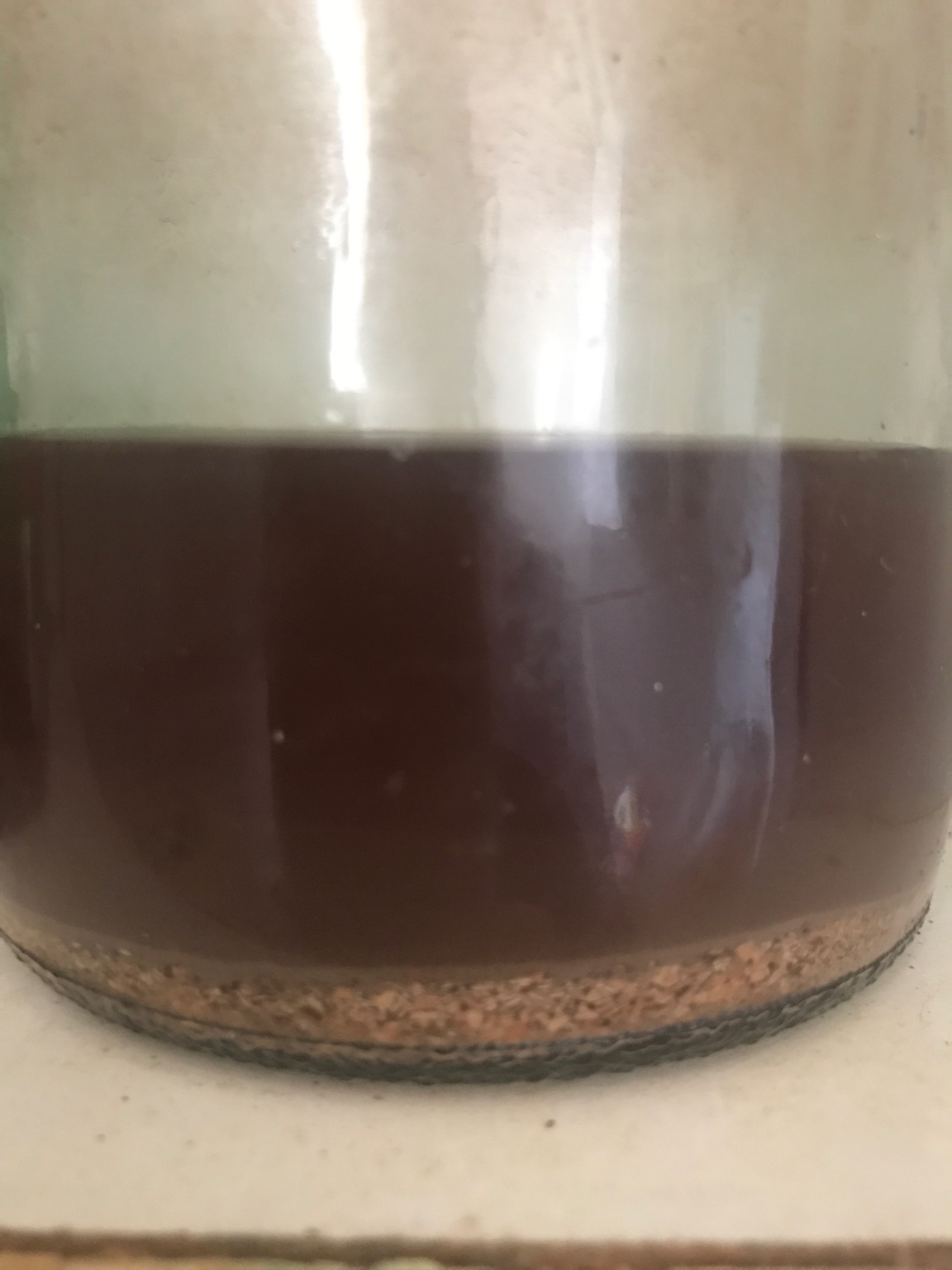
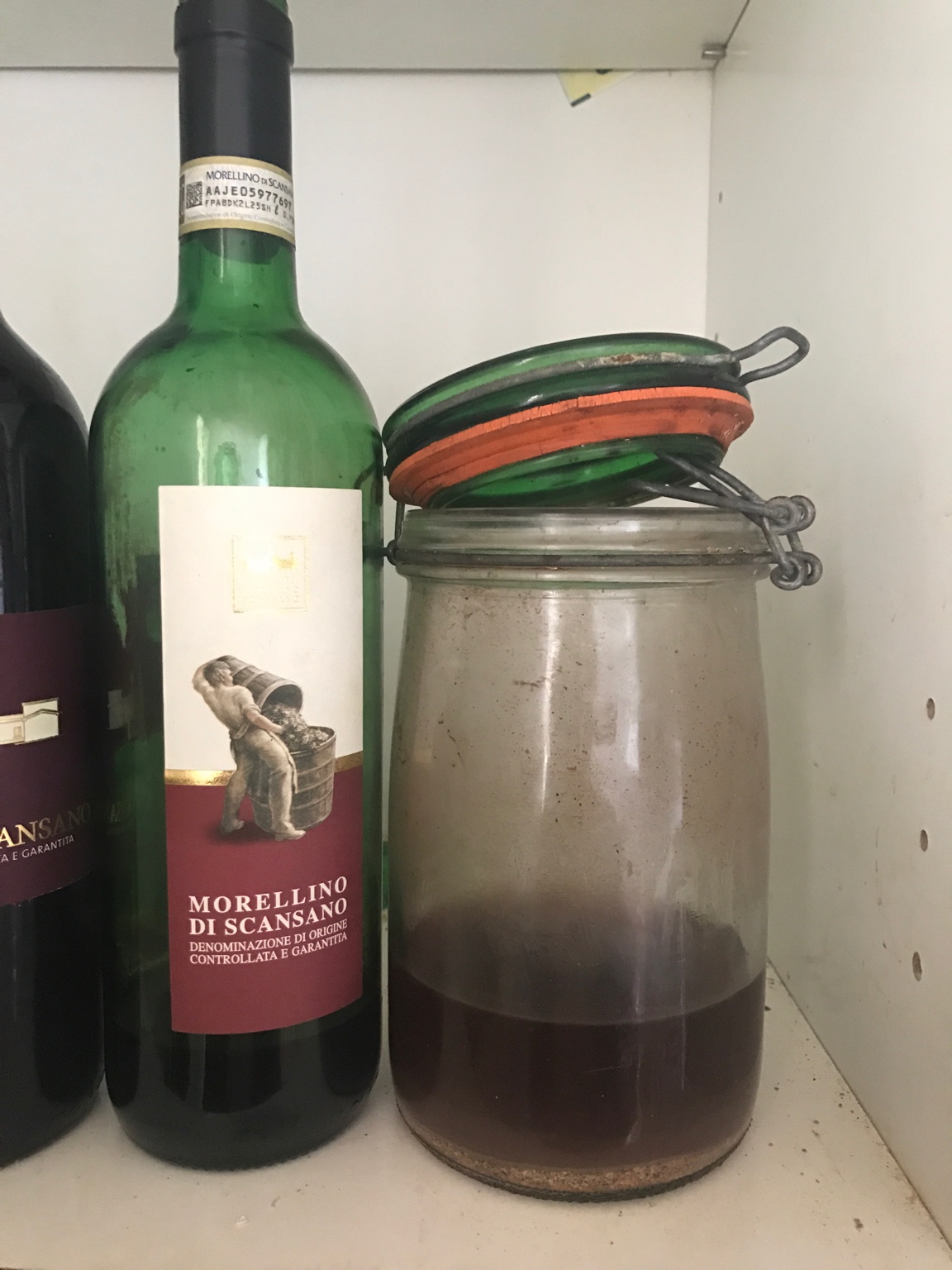
 No maple syrup for sugar unfortunately. I forget what they are called at the moment but it contains anti-fungal and anti-microbial compounds. Most ferments actually prefer processed cane sugar. My absolute favorite is Date sugar. If you can't find that then just chop some pitted Dates and throw them in.
No maple syrup for sugar unfortunately. I forget what they are called at the moment but it contains anti-fungal and anti-microbial compounds. Most ferments actually prefer processed cane sugar. My absolute favorite is Date sugar. If you can't find that then just chop some pitted Dates and throw them in.